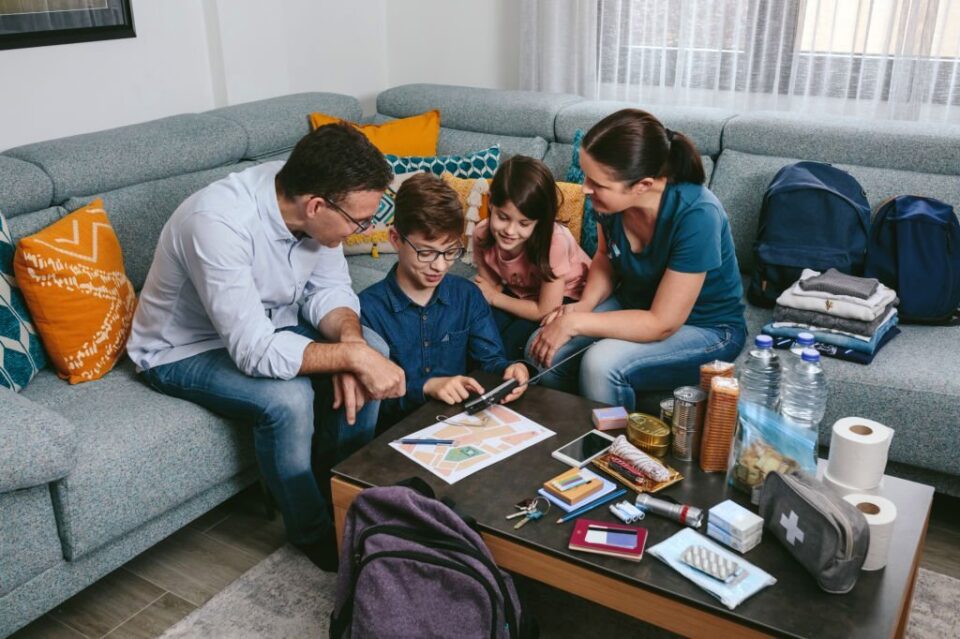Emergency situations are scary, but they’re much more dangerous when nobody discusses them. Parents and guardians must provide children with all the information needed in the case of an emergency. Proper preparation can be lifesaving for your children and others around them.
This infographic was created by BlowHard Fans, small PPV fan manufacturers
Find out more about teaching your child how to handle emergencies below.
Understanding Emergencies
Emergencies come in many forms, including human-made disasters, natural disasters, medical emergencies and other harmful situations. However, not all challenging circumstances are emergencies, so kids must understand the difference between losing a toy and something much more dangerous.
An effective way to teach children the difference between emergencies and non-emergencies is to walk them through numerous scenarios. Show them that losing something is not an emergency, but seeing a stranger in the home is.
Create a Family Emergency Plan
Walking through emergencies will also help you create a family emergency plan. Act out emergencies at home similar to fire and tornado drills in school. Set a schedule to repeat these drills several times per year. The more your family practices, the more likely you are to remember what to do if an emergency strikes.
A significant part of creating a family emergency plan is creating a safe family meeting place. The meeting place should be within walking distance of your home, such as a nearby park or a street sign at the end of the road.
Teach Children Their Personal Information
Assist your child in memorizing personal information, such as first and last names, a parent’s phone number and street address. Mnemonic clues, such as fun rhymes or poems, can help children memorize numbers and addresses.
A young child or a child under stress may have trouble recalling this information. Print your child’s name and emergency contact information on a piece of paper to keep in a pocket or backpack.
Talk About 911
Calling 911 is serious and is only for true emergencies. Teach your children the seriousness of calling 911 and how to dial the number. Explain the questions a 911 responder will ask and the importance of listening to instructions in the event of an emergency.
Children of different ages understand emergencies differently. A five-year-old child will have more difficulty memorizing emergency procedures than a teenager. Understanding your child’s age and development level can help you provide the most useful information. Remember to repeat information and drills often, so the proper reaction to emergencies becomes second nature.
Author bio: Benjamin Hadlock is Vice President of BlowHard Fans, an innovator in industrial fans for firefighters. For more than a decade, Hadlock has been a driving force in BlowHard Fans’ strategic journey in research and quantification of fan performance as part of product development. He has been instrumental in relationship building and information sharing within the industry.

